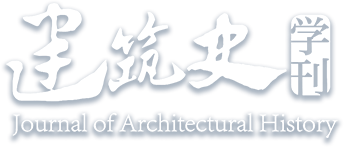Abstract:
In his perceptive investigation into the realm of “autonomous architecture”during the Age of Enlightenment, Emil Kaufmann acknowledges JeanJacques Lequeu as a visionary pioneer in architectural modernism, alongside Étienne-Louis Boullée and Claude-Nicolas Ledoux. Lequeu’s architectural drawings prefigure the eclectic trends of the 19th century and subtly allude to postmodernist ideals as indispensable technical and conceptual blueprints for architectural historians. The paper examines the notion of autonomy within the
Architecture civile, employing Lequeu’s seminal work as its focal point. It scrutinizes various explanations and interpretations of Lequeu’s creations, it takes into consideration the architectural drawings of the Age of Enlightenment, drawings and comprehensive compilations on architecture, landscape gardening, as well as cultural artifacts that flourished both before and after the Revolution to discuss the nuances of autonomy of works
in the Architecture civile.


 下载:
下载: